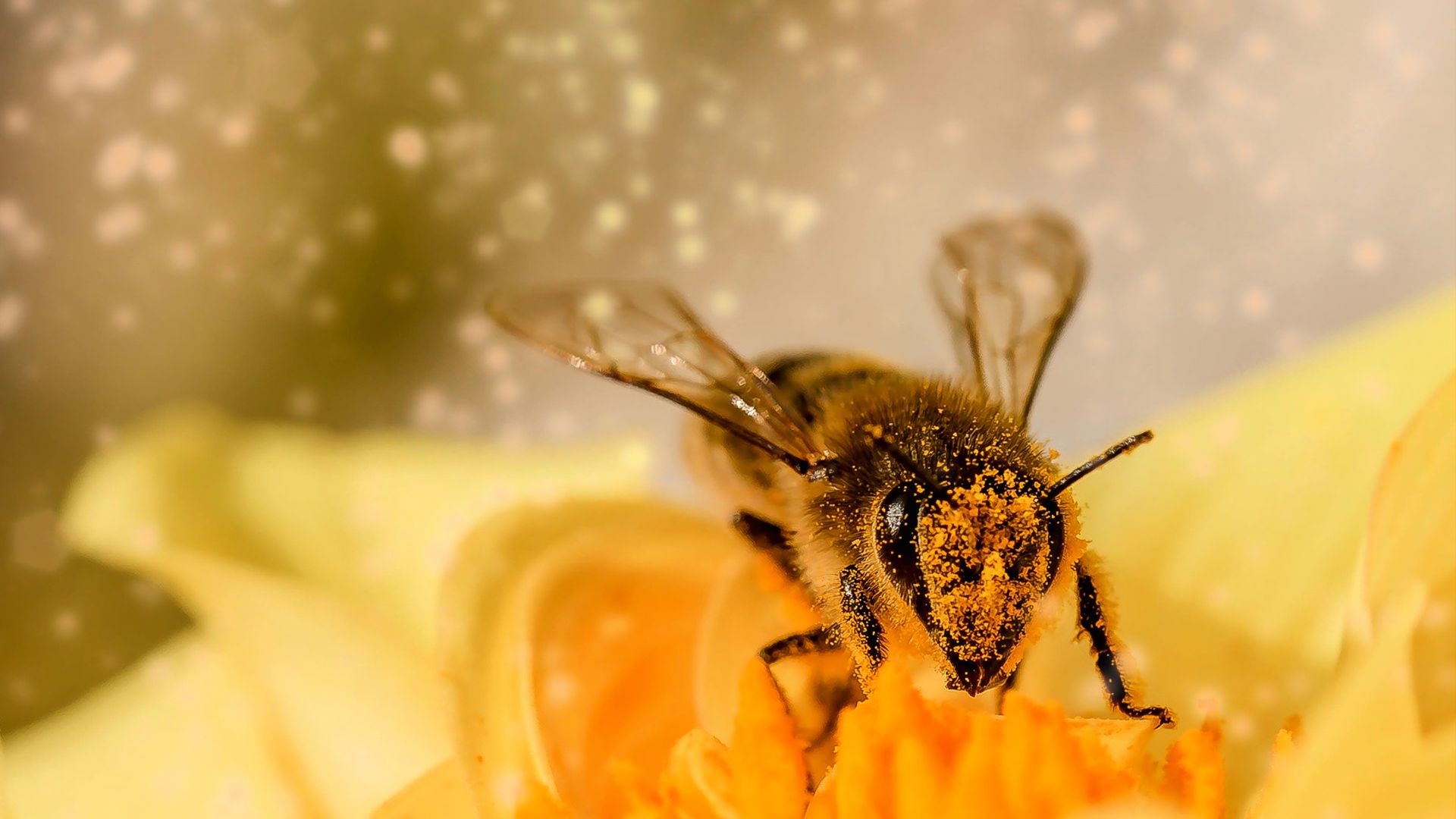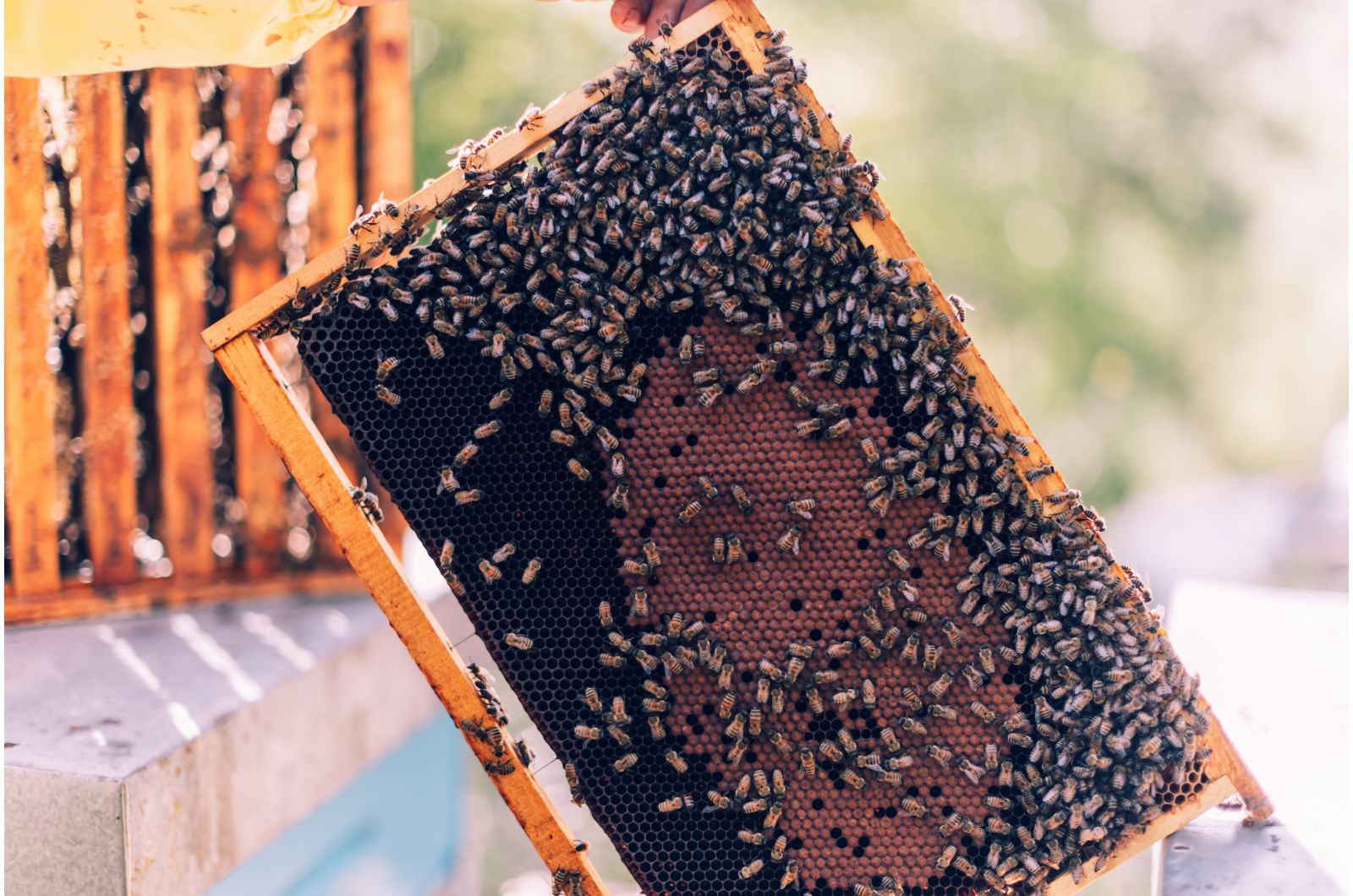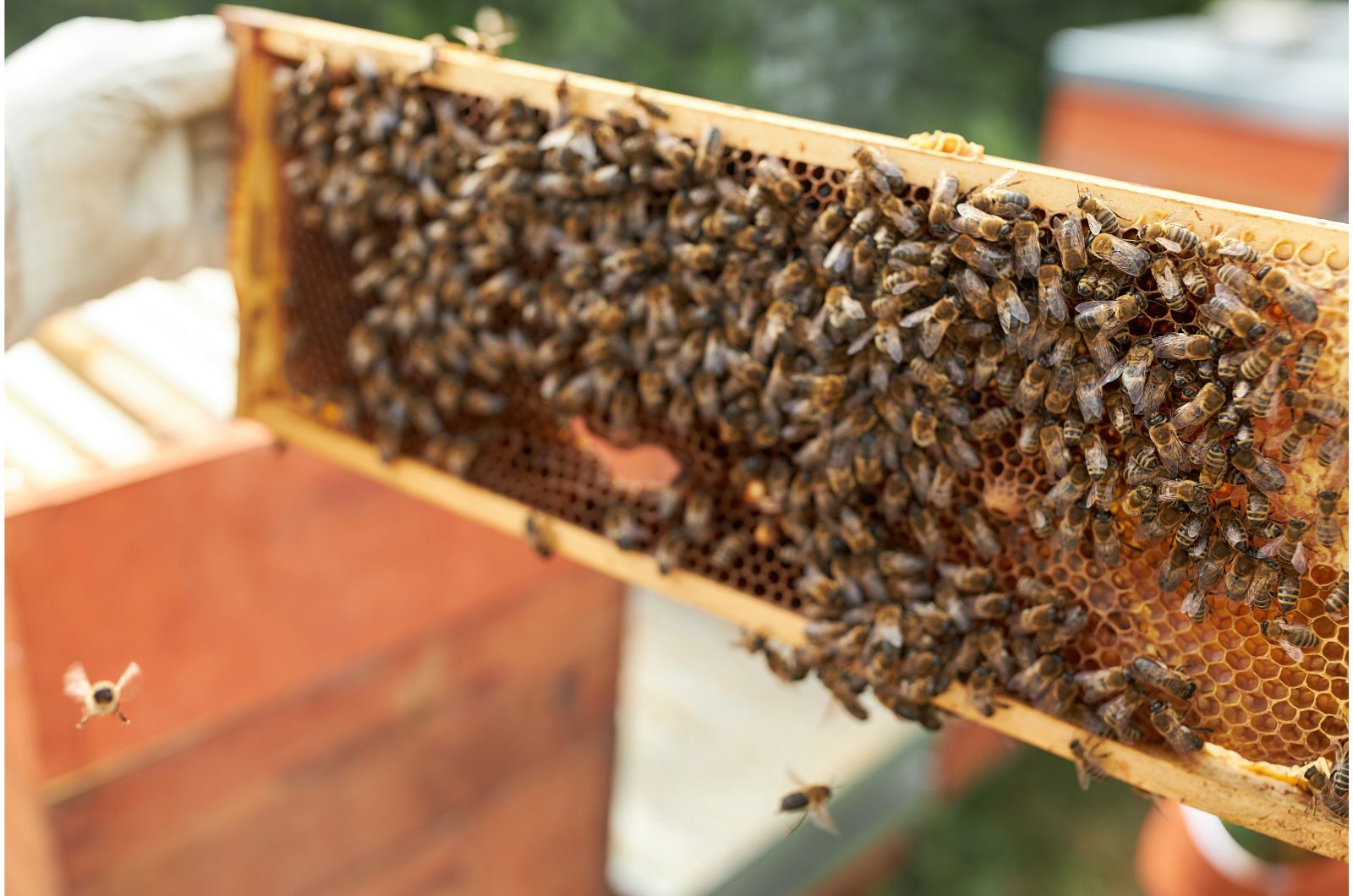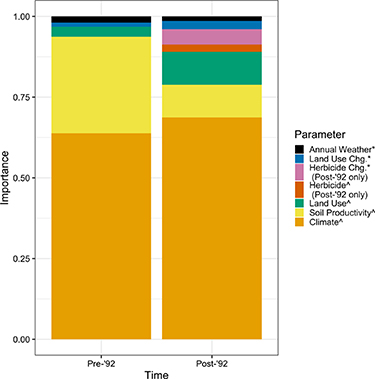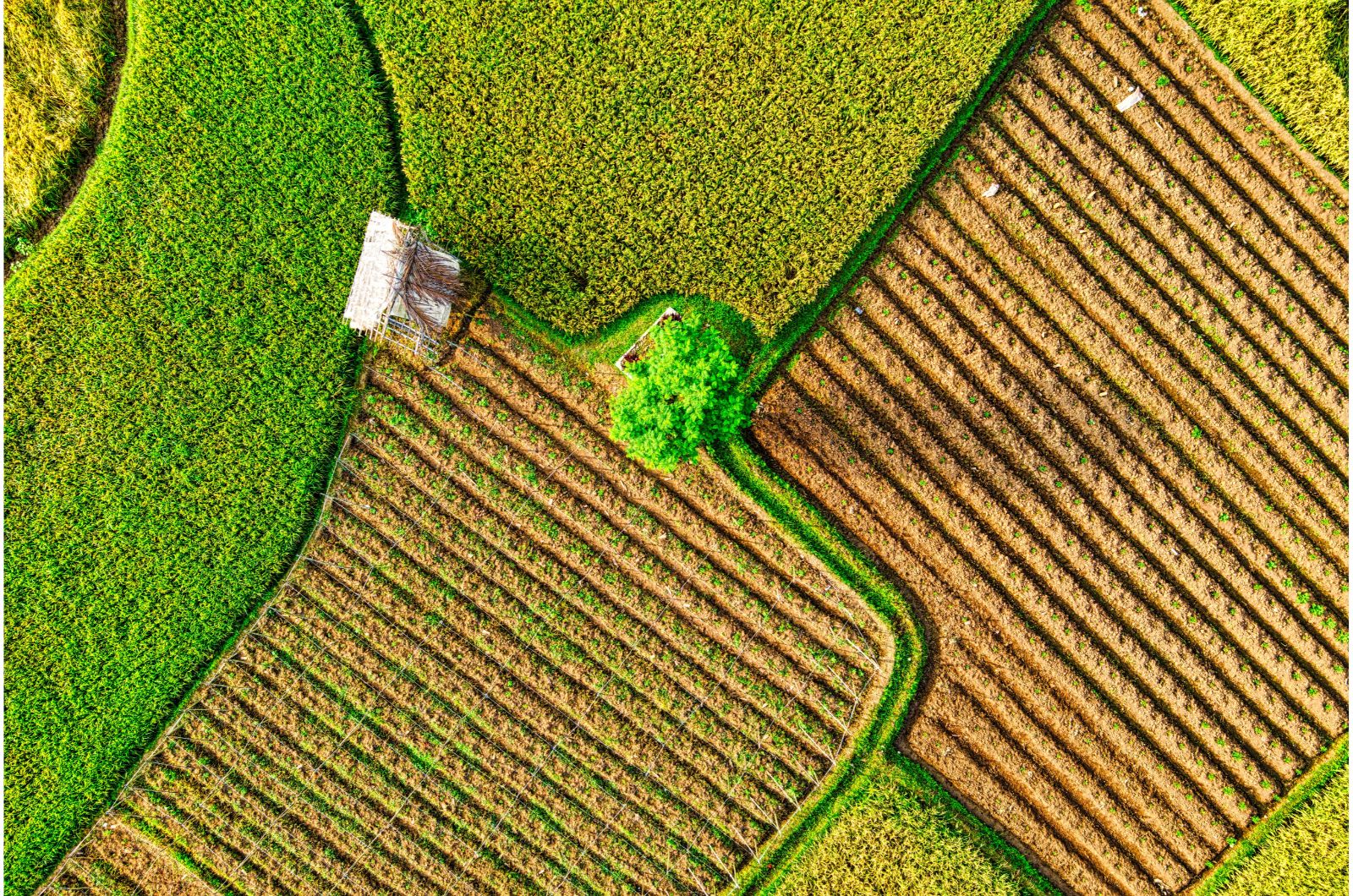When you walk into a store, you may not notice anything strange with the honey. There’s always the same amount.
But the beekeepers have been struggling in recent years. Reports show that bees in the United States have been making less honey since the 1990s. In fact, in 2021, honey bee production dropped by 14% per colony compared to 2020. (1)
Why, though?
A new study from researchers at Penn State University looked at data from the last fifty years to figure out why honey production is decreasing. The results were shocking to say the least.
The data suggested that changes in the climate, the use of pesticides, and land use are all contributing to less honey being made. These factors affect the flower and nectar resources that bees need to make honey.
Some of the most important variables the study had were climate conditions and soil productivity. Their biological, physical, and chemical properties all affect plant production – a food necessary for honey bees.
The study showed that both southern and northern states had increased honey production if their soils supported plant growth.
The lead researcher, Gabriela Quinlan, connected the decrease in honey production after 1992 to climate change. She suggests that these shifts will become more obvious in the future.
It’s unclear how climate change will continue to affect honey production, but our findings may help to predict these changes, she stated.
Of course, there were different studies investigating the reasons behind floral abundance and their production. But while they focused only on certain regions, this one looked at data from all over the continental US for 5 decades.
This allowed the researchers to investigate different factors affecting flower and nectar production necessary for all pollinators, not just honey bees.
One big concern for pollinators is having enough plants that make nectar, which is their food. Different regions offer different conditions for flower growth due to different climatic conditions.
That’s why it’s important to identify landscapes that support bees!
Honey bees in particular are excellent at finding food. They collect nectar from many flower varieties. This made Quinlan wonder if beekeepers are seeing less honey, does that mean there are fewer floral resources available to pollinators overall?
One of the most thought-provoking findings was the importance of soil productivity – a factor that previous studies didn’t consider deeply enough.
Previous research mostly looked at soil nutrients, failing to take temperature, structure, and texture into consideration. But these are also the factors that affect soil productivity and the food resources for pollinators.
Surprisingly, the study found that less soybean production and more Conservation Reserve Program land helped honey production.
Also, the research revealed that the use of herbicides is another critical component of reduced honey production. It’s because it gets rid of flowering weeds, which are a crucial food source for bees.
In the light of this research, is there anything we could do?
Sure there is! We can reduce the amount of herbicides and pesticides we use in our own gardens. Planting the best plants for bees is another thing that can help.
Of course, it is the mass production that has the largest impact on pollinators, flower availability, and honey production, but even a small change can make a big difference in the long run.
The study was originally published in Environmental Research Letters.
References:
1. Honey (2022). USDA.

